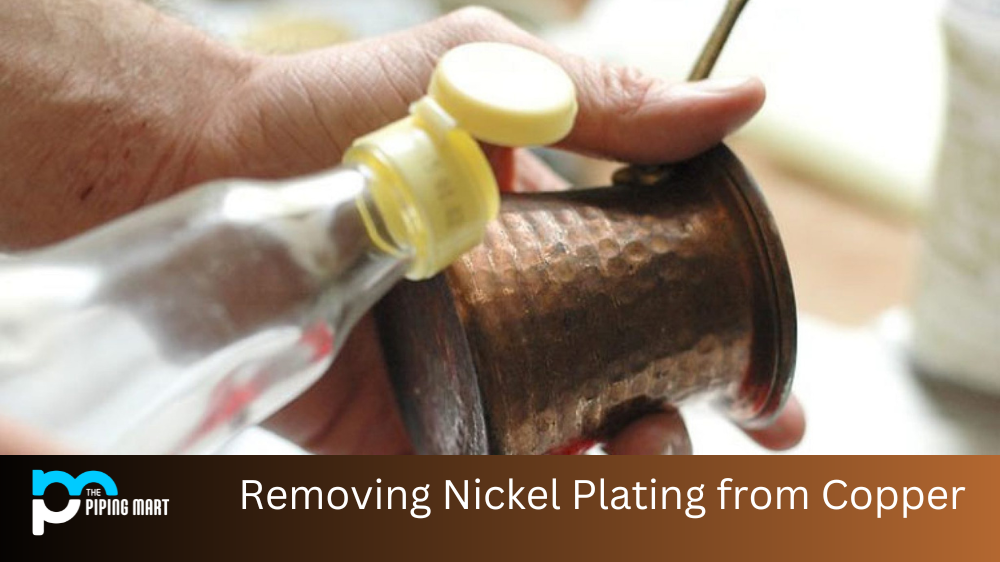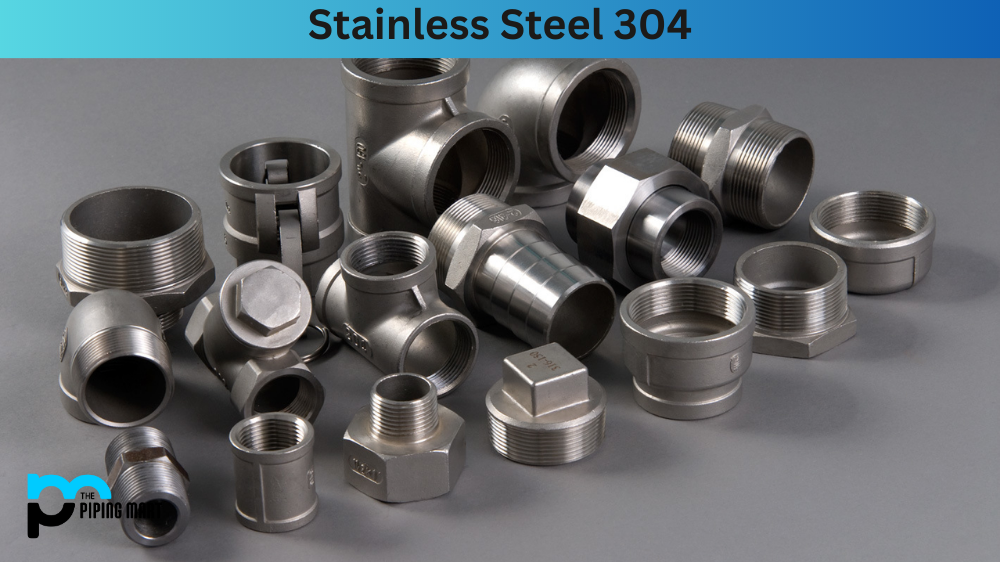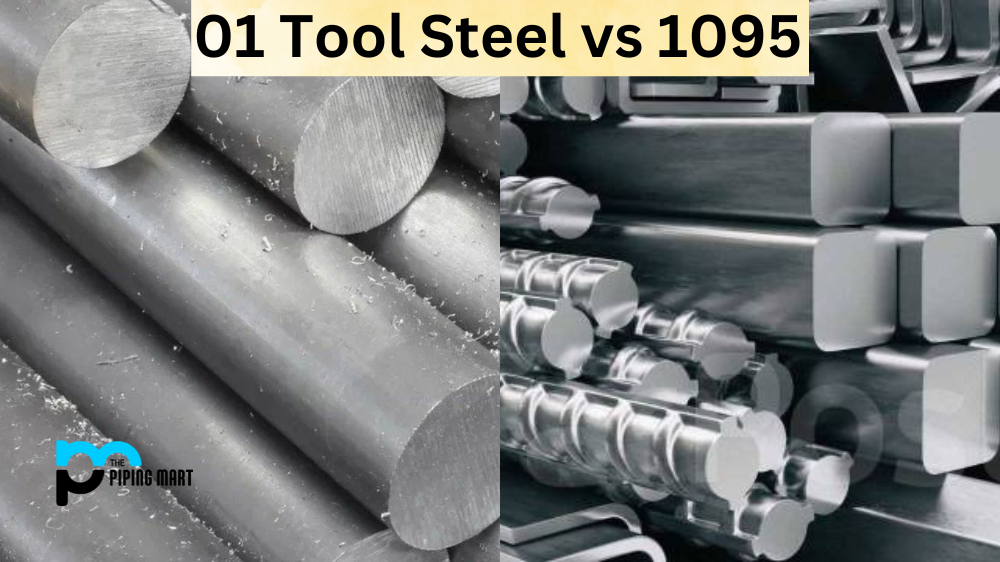Choosing the best material for your project, whether it be inside or outside the home, can be a daunting task. There are many factors to consider before making a decision, such as cost, durability, and looks. One of the most popular options is stainless steel. But did you know that manganese steel is also an option? Let’s explore the differences between these two types of steel to help you make an informed decision.
What is Manganese Steel?
Manganese steel is an alloy made up of mostly iron with a small amount of manganese (12-14%). It was first developed in 1882 by Robert Abbott Hadfield, who discovered that adding just 1% manganese to steel increased its hardenability and wear-resistance properties. This makes it ideal for applications that require durabilities, such as mining equipment and armor plating.
What is Stainless Steel?
Stainless steel is an alloy made primarily of iron with at least 10.5-11% chromium content by mass. The chromium creates a thin layer of oxide on the surface which prevents further corrosion from occurring on the metal’s surface. This makes it ideal for use in environments where corrosion resistance is needed, such as kitchens or bathrooms. It also has excellent heat resistance properties so that it can be used in high-temperature applications such as ovens or cookware without worry about warping or discoloration from heat damage. Stainless steel comes in several grades depending on its application – 304 grade is most commonly used for kitchen appliances, while 316 grade is typically used in more corrosive environments like marine applications or chemical plants due to its higher level of corrosion resistance.
Difference Between Manganese Steel and Stainless Steel
Differentiating Between Manganese Steel and Stainless Steel It’s important to note that both manganese steel and stainless steel are strong and durable materials – but each excels in different ways when compared side by side. Manganese steel offers superior strength and wears resistance – making it ideal for heavy-duty applications such as mining equipment or armor plating – while stainless steel offers superior corrosion resistance – making it perfect for use in wet or humid environments like kitchens or bathrooms where rust could be a concern. In addition, manganese steel has better ductility than stainless steel, meaning that it can absorb impact better without cracking, whereas stainless steel tends to shatter under stress due to its brittleness. When choosing between these two types of steels, consider your specific application needs before making a purchasing decision, as each type offers unique benefits depending on the job at hand!
- Manganese steel is an alloy of iron and manganese, typically containing between 11 and 24 percent manganese.
- Stainless steel is an alloy of iron, chromium, and sometimes nickel and other metals.
- Manganese steel is known for its high impact strength and resistance to abrasion.
- Stainless steel is known for its corrosion resistance.
- Manganese steel is used in applications where high impact strength and abrasion resistance are required, such as in crushers and hammers.
- Stainless steel is used in applications where corrosion resistance is required, such as in kitchen utensils, surgical instruments, and food processing equipment.
Conclusion
When weighing your options between manganese steel and stainless steel, there are several factors to consider, including cost, durability, looks, corrosion resistance, and impact resistance capabilities. Ultimately choosing between these two materials will depend heavily on what your project requires; if you need something with superior strength, then manganese would be your best bet while if you need something with good corrosion protection, then stainless would be more suitable for your needs! Both materials have their own advantages and disadvantages, so make sure you understand what each offers before making any decisions!

Pipingmart is B2B portal specializes in industrial, metal and piping products. Also, share latest information and news related to products, materials and different types grades to help business dealing in this industry.




